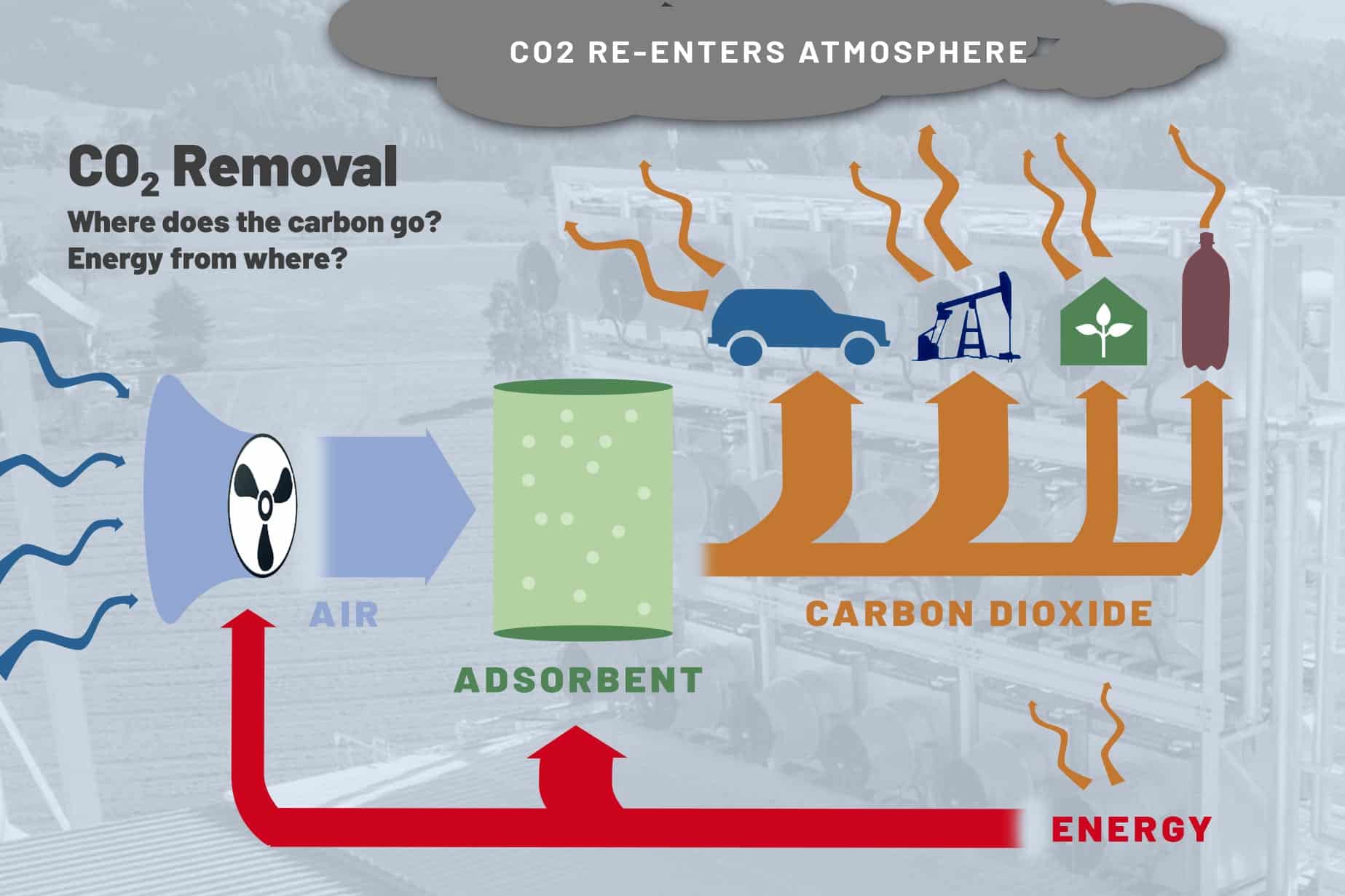
Image Source: Google
Climate change is one of the most pressing issues of our time, and the need for innovative solutions to combat its effects has never been greater. Direct Air Capture (DAC) technology is emerging as a promising tool in the fight against climate change. This technology has the potential to remove carbon dioxide from the atmosphere, helping to reduce greenhouse gas emissions and mitigate the impacts of climate change. In this article, we will explore how DAC technology works and the impact it could have on the future of our planet.
What is Direct Air Capture (DAC) Technology?
Direct Air Capture technology is a process that involves removing carbon dioxide directly from the air. This is achieved through a series of chemical reactions that capture the carbon dioxide molecules and isolate them from the atmosphere. Once the carbon dioxide is captured, it can be stored underground or used in various industrial processes. DAC technology offers a way to reduce greenhouse gas emissions and combat climate change by actively removing carbon dioxide from the atmosphere.
How Does DAC Technology Work?
The process of Direct Air Capture technology involves several steps:
- Air is drawn into a DAC facility using fans or other air circulation systems.
- The air passes through a chemical solution that captures the carbon dioxide molecules.
- The captured carbon dioxide is then separated from the chemical solution through a series of reactions.
- The carbon dioxide can be stored underground in geological formations or used in industrial processes such as manufacturing or fuel production.
The Benefits of DAC Technology
Direct Air Capture technology offers several benefits in the fight against climate change:
- Helps reduce greenhouse gas emissions: By capturing carbon dioxide directly from the air, DAC technology can help lower overall levels of greenhouse gases in the atmosphere.
- Complements other carbon reduction efforts: DAC technology can be used in conjunction with other carbon reduction strategies, such as renewable energy and energy efficiency, to further reduce carbon emissions.
- Provides a solution for hard-to-abate sectors: Industries that rely heavily on fossil fuels and produce large amounts of carbon dioxide emissions, such as cement and steel production, can benefit from DAC technology as a way to offset their emissions.
- Offers a pathway to carbon neutrality: DAC technology can play a key role in achieving carbon neutrality by removing carbon dioxide from the atmosphere and helping to balance out remaining emissions.
The Impact of DAC Technology on Climate Change
Direct Air Capture technology has the potential to make a significant impact on the fight against climate change. By actively removing carbon dioxide from the atmosphere, DAC technology can help to reduce overall levels of greenhouse gases and mitigate the effects of global warming. Here are some ways in which DAC technology could influence the future of climate change:
Carbon sequestration
DAC technology offers a way to sequester carbon dioxide from the atmosphere and store it underground. This helps prevent the carbon dioxide from contributing to global warming and reduces the overall impact of greenhouse gas emissions on the climate.
Carbon removal
By actively removing carbon dioxide from the atmosphere, DAC technology provides a means to reduce the concentration of greenhouse gases and slow the rate of global warming. This can help offset the effects of continued carbon emissions and provide a more stable climate future.
Climate resilience
Utilizing DAC technology to remove carbon dioxide from the atmosphere can contribute to building climate resilience by reducing the impacts of global warming. By lowering overall greenhouse gas levels, DAC technology can help to mitigate the risks associated with climate change, such as extreme weather events and sea-level rise.
The Future of DAC Technology
As Direct Air Capture technology continues to advance, its potential to make a difference in the fight against climate change is becoming increasingly clear. With ongoing research and development efforts, DAC technology is expected to become more efficient and cost-effective, making it a viable solution for reducing greenhouse gas emissions on a large scale. The future of DAC technology holds promise for a more sustainable and resilient planet.